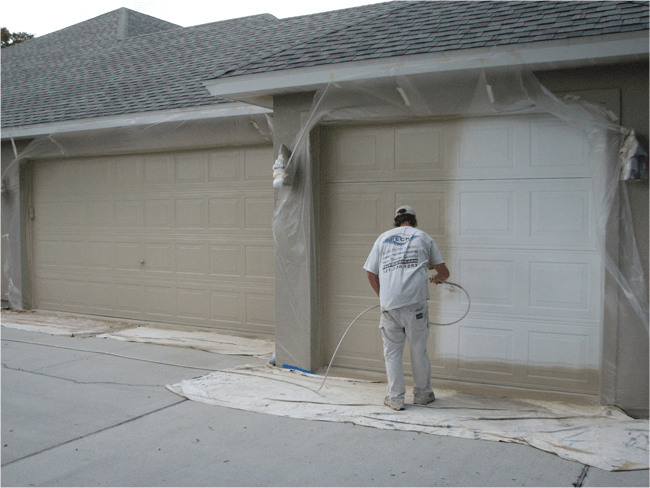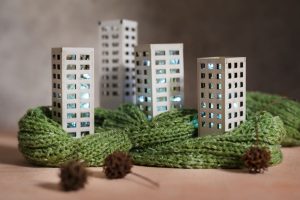It’s almost a common sight to see exterior paint wall failures in real-time every day around your neighborhood. One of the most common reasons why exterior wall finishes fail in the first place is because of the impact of weathering agents on the same.
And there are additional factors such as poor surface preparation, moisture, poor application of paint, using lower quality paint, and so on. However, you must remember that the current crop of house paints that are being utilized in today’s market pack a real punch because they’re engineered in such a manner that you can go almost ten years without repainting. Still, there will be moments when things will go out of hand and you have to deal with the below-mentioned list of exterior wall paint failure causes.
List Of Common Exterior Wall Paint Failure Causes And How To Fix Them
-
Flaking Or Cracking
Professional Auckland commercial painters have stated the following reasons for cracking or flaking of exterior house paint:
- Use of low-quality paint.
- Surface preparation before application of paint has been incomplete.
- Natural wear & tear.
Solutions
Firstly, the previous paint job must be removed entirely. Use of a wire brush or sandpaper is recommended the same. Once done, the surface should be prepared by applying a coat of primer first and then should be proceeded to apply for paint job onto the same. Give at least one or two weeks for the primer to settle well and then continue the main painting task.
-
Yellowing
Some of the possible causes include:
- Possible decomposition of paint job over time due to usual wear & tear.
- Transfer of heat from the interior heating systems of the house to the exteriors.
- Not receiving enough sunlight onto the paint surface.
Solutions
In case you’re worried about your paint job forming a yellowish tint, then it’s better to use acrylic paints instead of oil or enamel-based paints. Moreover, you should also remember to use good quality acrylic paints for the task because lower quality ones will not be worth the investment and will not deem to be an upgrade.
-
Blistering
The major possible causes include:
- Proceeding to apply oil or enamel-based paint onto a wet surface.
- Enough moisture present in the atmosphere.
- The surface foundation is impaired.
Solutions
The primary job would be to remove all the blisters from the wall – either by sanding or scratching the exterior wall surface. Once done, you have to use good quality acrylic paint for the same. Since blisters generally form due to the presence of moisture, using acrylic paints is a great move because acrylic paints are resistant to moisture.
So, if you’re looking to renovate the paint failure of your property’s exterior walls, be sure to get in touch with our skilled personnel right away.












